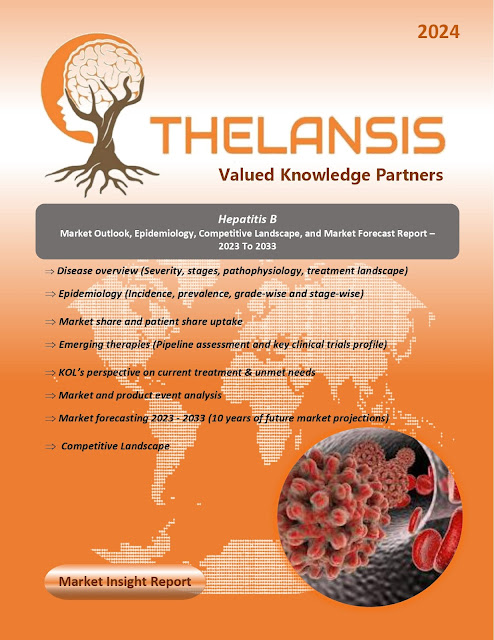Hepatitis B – Market Outlook, Epidemiology, Competitive Landscape, and Market Forecast Report – 2023 To 2033

Hepatitis B is primarily transmitted via contact with infected blood or certain bodily fluids. Common transmission routes include perinatal transfer from an infected mother to her newborn during childbirth, unsterile medical or dental equipment, unprotected sex, unsterile needles, and sharing personal items such as razors, toothbrushes, and nail clippers. Hepatitis B is often termed a “silent epidemic” as most individuals are asymptomatic during acute or chronic infection, leading to unintentional viral transmission and ongoing propagation of the virus. Chronic asymptomatic carriers may still experience progressive liver damage, potentially resulting in cirrhosis or liver cancer. The hepatitis B virus (HBV) has a complex replication cycle, entering host liver cells and transforming its DNA into covalently closed circular DNA (cccDNA) within the nucleus. This cccDNA serves as a template for viral replication. Newly formed HBV particles are released from the liver cell while cccDNA p
_page-0001.jpg)
_page-0001.jpg)